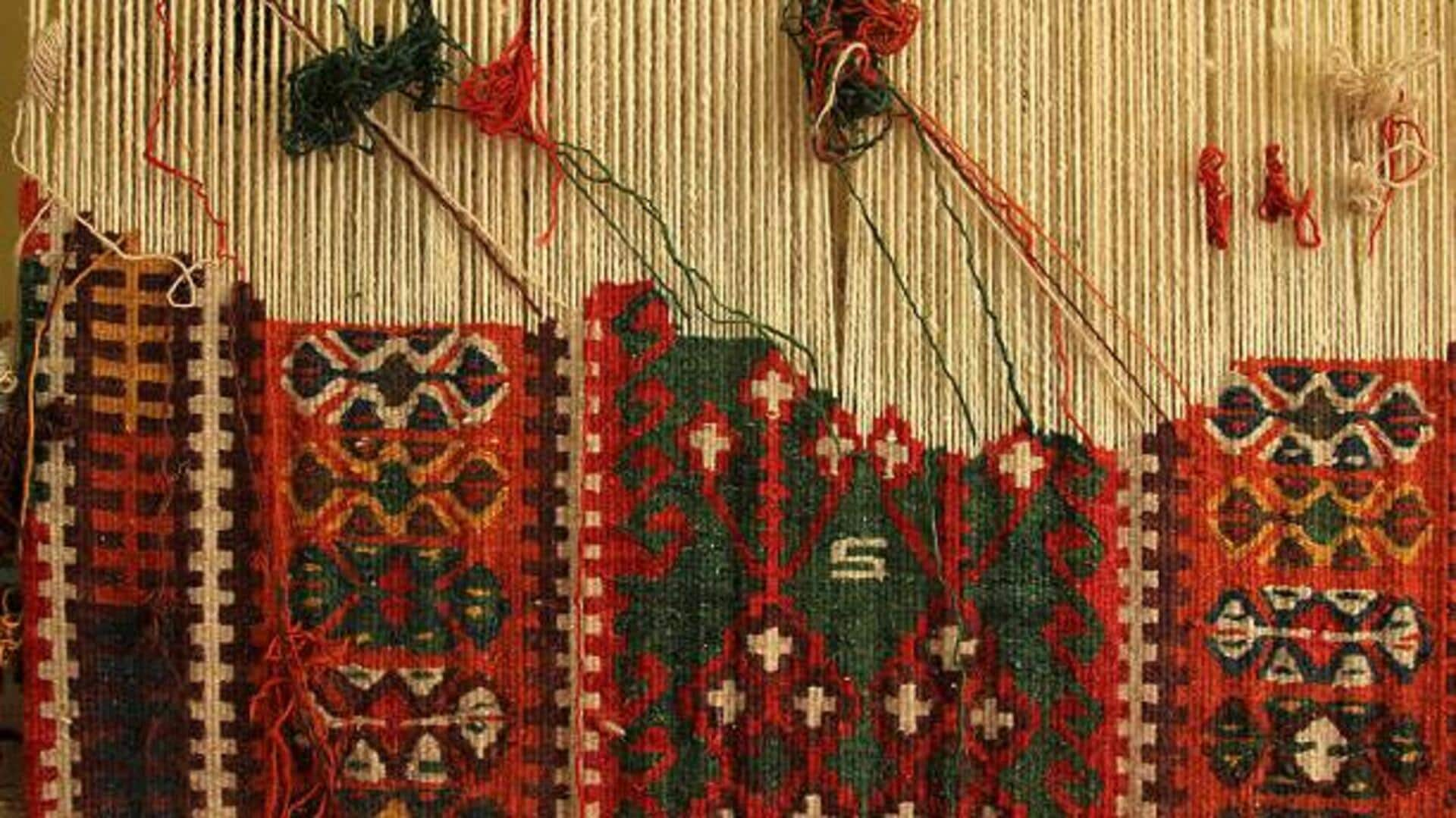
Exploring fiber art in storytelling
What's the story
African storytelling is an age-old tradition that has been handed down generations, often employing different art forms to narrate tales and cultural values. From weaving to embroidery, fiber art techniques are instrumental in this storytelling tradition. They not only act as a medium for artistic expression but also preserve the narratives and histories of African communities. Exploring these fiber art methods can help one delve deeper into Africa's cultural heritage and stories.
#1
Weaving narratives with textiles
Weaving is one of the most famous fiber art techniques in African storytelling. It consists of interlacing threads to create intricate patterns that often tell stories or symbols important to the community. Every pattern may signify different aspects of life, including family lineage, historical events, etc. The act of weaving itself is a story, where every thread contributes to the larger narrative through the textile.
#2
Embroidery: Stitching stories into fabric
Embroidery is another key technique in African fiber arts used for storytelling. It involves stitching designs onto fabric using needle and thread. The motifs made through embroidery are often symbolic or tell some stories linked to cultural beliefs or traditions. By looking closely at these embroidered pieces, one can unfold layers of meaning engraved within each stitch.
#3
Dyeing techniques: Adding colorful dimensions
Dyeing techniques lend bright colors to textiles, making them visually appealing and narratively richer. Techniques such as tie-dyeing or batik are widely employed across Africa to make colorful patterns on clothes that narrate stories of nature, spirituality, or daily life experiences. The colors and patterns chosen for dyed textiles often bear cultural significance unique to different regions.
#4
Quilting: Piecing together cultural tales
While quilting unifies disparate pieces of fabric into one cohesive whole, it also stitches together patches from different stories/traditions within its own fabric. In African cultures, for instance, a quilt may include patches representing an individual's experiences along with those of a larger community—forming a rich tapestry that encompasses a variety of lives across generations.